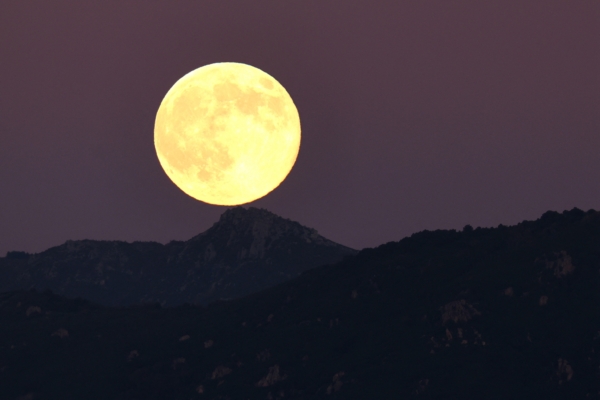On the night of November 5th to the early hours of November 6th, 2025, the full moon made its appearance in the sky as expected. This full moon was particularly noteworthy because it occurred when the distance between the Earth and the moon was only about 357,000 kilometers, making it the closest full moon of the year, thus earning the title of the largest full moon of the year, commonly known as the “Supermoon”.
Traditionally, the full moon in November is referred to as the “Beaver Moon”. Some believe that the name “Beaver Moon” comes from the fact that this is the time when beavers are busy building dams and storing food for the winter. Another interpretation suggests that the name originates from hunters setting beaver traps in swamps and rivers before they freeze over, in order to collect warm fur for the cold winter. Additionally, it is also known by other names such as the “Frost Moon” and the “Freezing Moon”.
The Supermoon reached its full phase on November 5th at 8:19 am Eastern Time in the United States (21:19 Beijing Time), with its apparent diameter being 7.9% larger than a typical full moon and its brightness increased by 16%. Astronomy enthusiasts and the public around the world were fortunate enough to witness this magnificent celestial event.
The best time to observe this full moon was shortly after it rose, as objects near the horizon naturally appear enlarged by the brain’s perception, combined with terrestrial landmarks as references, making it appear larger and brighter than when it’s high in the sky, known as the famous “Moon Illusion” phenomenon.
Astronomers mentioned that observing the moon with the naked eye is sufficient for moon gazing, but using a telescope can reveal some lunar surface features.
It is worth noting that there are a total of three Supermoons in 2025, which occurred on October 7th, November 5th, and December 5th. If you missed this one, you can look forward to the next observation opportunity on December 5th.
Now, let’s enjoy the magnificent and full “Supermoon” captured by photographers in various locations around the world.

